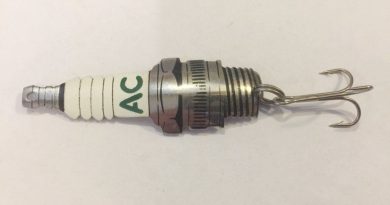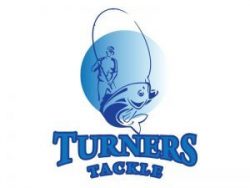Unlocking the Secrets: How to Read a River or Lake for Fishing in the UK
Fishing is not just about casting a line and hoping for the best; it’s an art that requires a deep understanding of the environment. One crucial skill every angler should master is the ability to read a river or lake. In the UK, where diverse water bodies offer varied fishing experiences, knowing how to interpret the subtle nuances of the water can make the difference between a successful day and a frustrating one. In this guide, we’ll explore the essentials of reading a river or lake for fishing in the UK.
- Observe the Flow: Rivers, with their constantly moving water, present a dynamic fishing environment. Understanding the flow of the river is crucial. Look for areas with moderate currents, as these are often hotspots for fish. Additionally, pay attention to eddies, backwaters, and slack water behind rocks or structures; these are ideal resting spots for fish seeking refuge from the current.
- Identify Structure and Cover: In both rivers and lakes, underwater structures and cover are magnets for fish. Submerged rocks, fallen trees, weed beds, and structures like bridges or docks provide hiding places for fish. Use polarized sunglasses to peer into the water and identify these features. Casting your bait near these areas increases your chances of hooking a catch.
- Understand the Bottom Composition: Different fish species prefer specific bottom compositions. Some fish, like catfish, are bottom dwellers and are often found in mud or sandy bottoms. Others, such as trout, favor rocky substrates. Use a depth finder or observe the water’s color and clarity to gauge the bottom composition. Adjust your bait and technique accordingly.
- Temperature Matters: Fish are cold-blooded creatures, and water temperature significantly influences their behavior. In the UK, where seasons bring distinct temperature changes, understanding these patterns is crucial. In colder months, fish tend to be in deeper waters, while warmer temperatures may drive them towards shallower areas. Consider the time of year and adjust your fishing strategy accordingly.
- Study the Water’s Color: The color of the water can provide valuable insights into fishing conditions. Murky or stained water may require brighter and more noticeable bait, while clear water calls for more natural and subtle presentations. Adapt your lure and bait colors based on the water clarity to increase your chances of attracting bites.
- Watch for Signs of Life: Observing the water’s surface can reveal a lot about what’s happening below. Look for ripples, jumping fish, or birds diving for prey. These signs indicate active fish in the area. Birds, especially, can lead you to schools of feeding fish. Paying attention to nature’s cues can guide you to the most promising spots.
Conclusion: Reading a river or lake for fishing in the UK is a skill that evolves with experience. By combining observation, knowledge of fish behavior, and an understanding of the water’s dynamics, anglers can unlock the secrets hidden beneath the surface. The more you immerse yourself in the environment, the better you’ll become at anticipating where the fish are hiding, ultimately enhancing your fishing success in the diverse waters of the United Kingdom.




